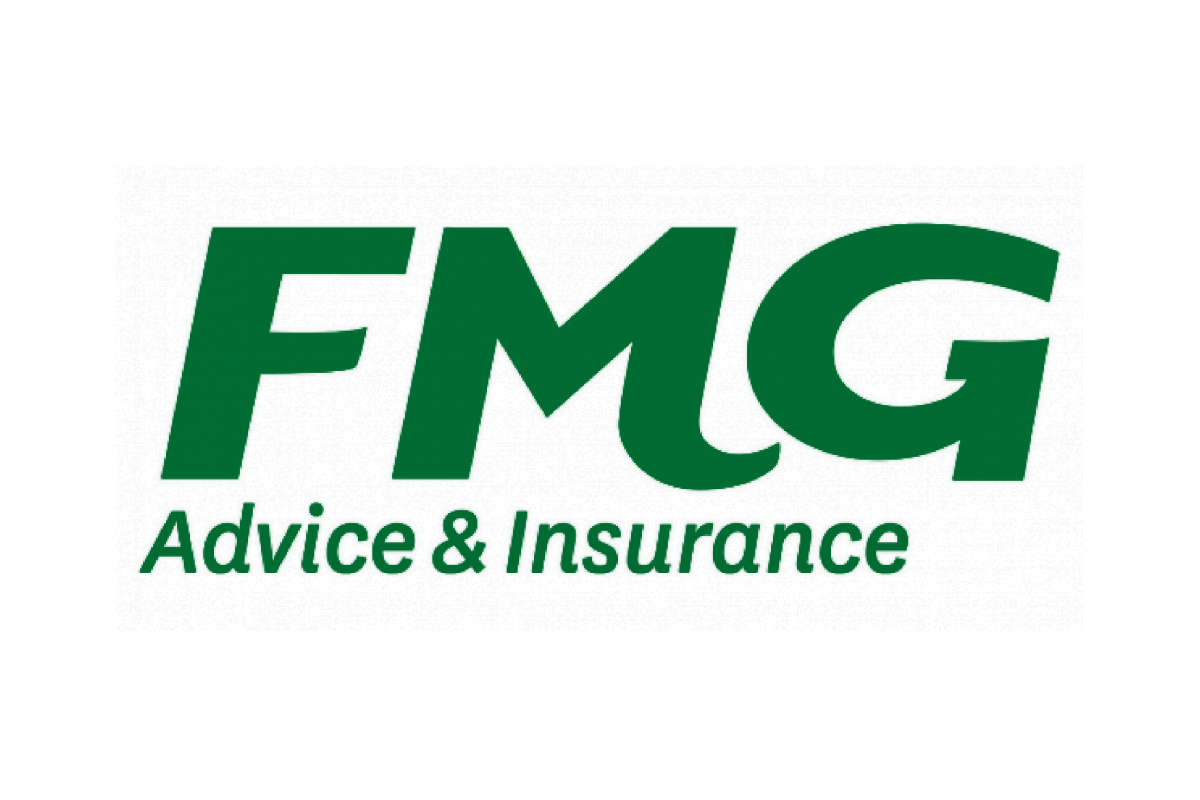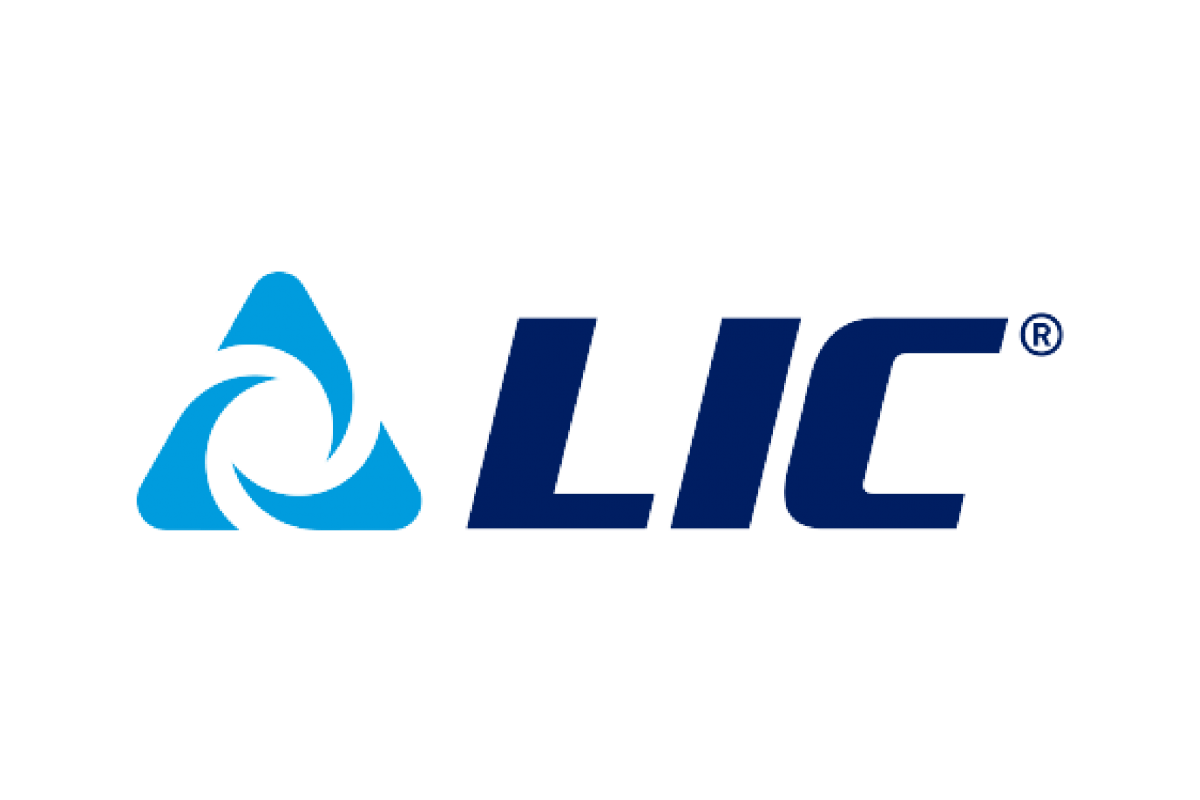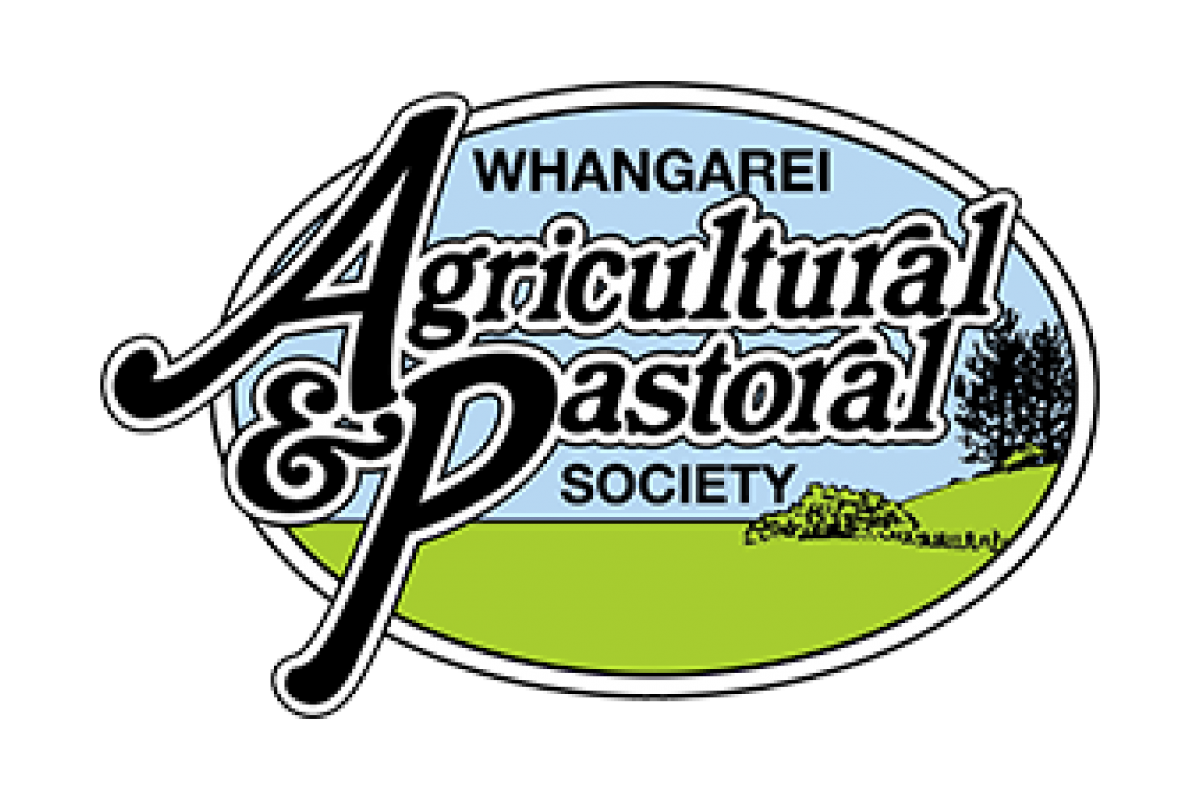Executive Summary
Irrigation and water storage
Factors outside a farm boundary, play a large role in the farming system. Irrigation water comes from the runoff from a whole catchment area. Water also leaves the farm and can have effects on the quality of waterways if nutrient and or sediment goes with it.
Water storage for future irrigation in New Zealand is being increasingly investigated where ground and surface water is under allocation pressure. This report gives examples of the irrigation schemes visited and the companies that manage the water use.
Irrigation schemes in Australia have considerable infrastructure. Investments to improve efficiency and add new technology have future benefits for irrigation consumers as well as for the environment within the catchment. Having a value on water, and the ability to trade the right to use this resource makes the economics of upgrading and modernising the infrastructure easier to finance.
All the irrigation schemes and farms visited used volume-based measures for water management. Although getting used to the terminology took some mathematical thinking, it soon became clear that volume-based measures make sense. It encourages Water Use Efficiency (WUE). Farmers have capital invested in Water Entitlements and fixed and variable costs are based on the volume of entitlements held and used.
Water allocated for irrigation in New Zealand is often measured on a flow rate basis and application described in depth. These measures make comparing actual volumes used difficult and therefore do not effectively encourage WUE. New Zealand has a national policy requiring future metering of the majority of water consents. This will be a good opportunity to look at volume based measures for managing water resources.
Water trading in Australia is based around the rights relating to how water is used rather than the purchasing or selling of the water itself. It is a fundamental difference to the management of the resource compared to New Zealand’s consent-to-use approach under the 1991 Resource Management Act. It enables the value associated with its use to be invested in the resource that created that value. Effectively it is decoupled from the resource of land. Many irrigated farms have more invested in water assets than they have invested in land. This makes sense as it is the water that allows them to run their farming systems.
Conversely, New Zealand does not have an active water market or property rights attached to the use of this resource. Value created by water use in New Zealand is capitalised in land values where farm production is enhanced by water use, and that production is used to value the land. This could over capitalise land values out of reach for systems that have lower water requirements because the additional water cannot be traded. If water use is tradable it encourages investment in the resource that created the value.
Max Fehring, an Australian farmer who is an authority on the subject says,
“The two most important aspects of irrigation are yield and security. Yield provides potential, and security allows potential to be achieved”.
There are many overseas people with knowledge of water issues. New Zealand should draw on this when developing future policy direction for this key resource.
Catchment Management
Catchment management, especially policy and regulation around nutrient use, is part of farming in the European Union (EU). The EU has put pressure on member states to improve the quality of their water resources. Failing to deliver improvements could lead to fines and tougher regulation in the future.
The EU Nitrates Directive, part of the larger EU Water Framework Directive, focuses on the management of nutrient loading to protect water, both surface and ground, against pollution from agricultural sources. Increasing the amount of nutrients entering a water body can lead to eutrophication which affects the balance of organisms and water quality.
Biodiversity, water and air quality and farm profitability are all benefits from using nutrients more efficiently. Stakeholders involved in any catchment management plan must take a wider view than their individual situations if desired outcomes are to be achieved at the catchment level.
Benefits of research on nutrient use
Northern Ireland has taken a layered approach to look at nutrient use in agriculture. A national summary of nutrient use highlights where surpluses may lead to environmental impacts. Breaking it down into industry usage further identifies target areas. Research funding can then be applied to investigating possible outcomes that will improve nutrient use on-farm that are both economic and practical.
Farm system research in Northern Ireland has not only demonstrated that nutrient efficiencies are achievable, their research has been implemented at the farm level and has lead to measurable results.
Cattle wintering systems are becoming more intensive in New Zealand. Some farmers are even deciding to house their cattle over wetter periods. With these changes happening, it would be beneficial for New Zealand to research the impacts of different wintering systems. Included in this research should be the effects on soil structure, nutrient cycling of N and P as well as soil loss from erosion. Housing cattle adds cost and infrastructure both to house the livestock and to store the effluent produced.
Policy – The collaborative approach
All examples of successfully implemented catchment plans studied during this scholarship were based on delivering on national standards set by Governments. From this, state authorities set catchment policy and implement plans with collaboration from stakeholder input. Policies and plans are different as they relate to specific issues in a given catchment. Having measurable targets, plans that are workable with inclusive strategy and good working relationships between all stakeholders is important for successful implementation. Extension services that were well resourced with staff working directly with land and water managers displayed positive relationships. It was encouraging to be directed to policy officers by farmers who have direct contact with the people employed to manage natural resources at the catchment level. They were open with their opinions and respected each other’s roles.
The New Zealand Land and Water Forum is an example of the collaborative approach to getting consensus on future governance around land and water resources. This approach needs to be adopted at lower levels once national policies are established. Adequately resourcing people to work with farmers and other stakeholders in implementing catchment plans will be required. Good working relationships are the key to successful outcomes being achieved to benefit all parties. The Natural Resources Conservation Service (NRCS) of Texas sums this up with their simple but powerful vision – “Helping People Help the Land”.

























